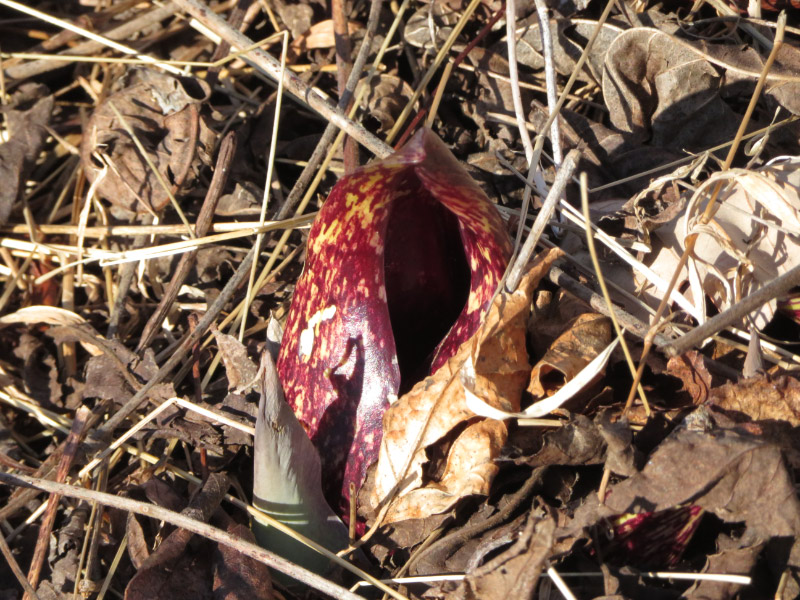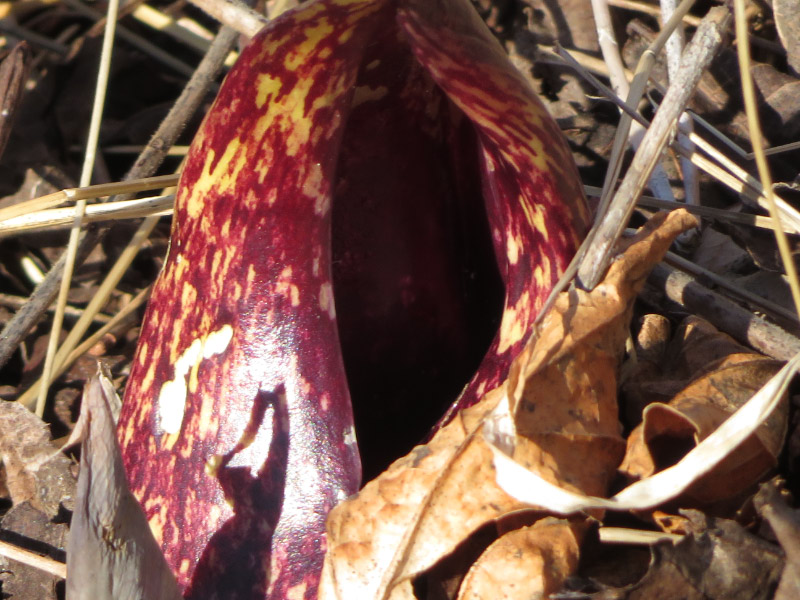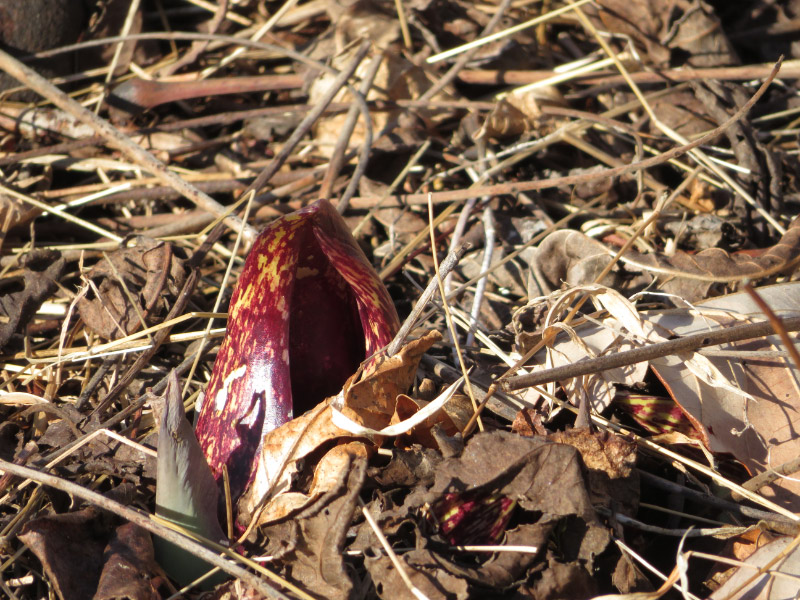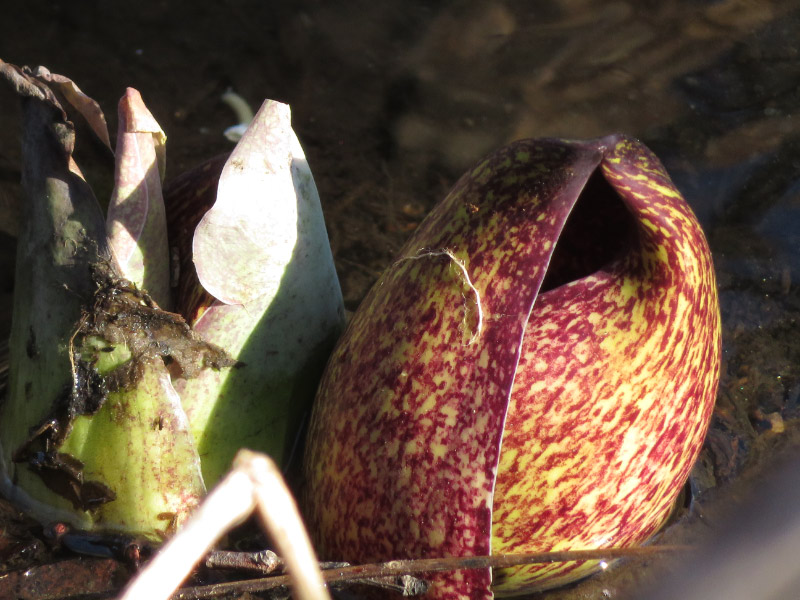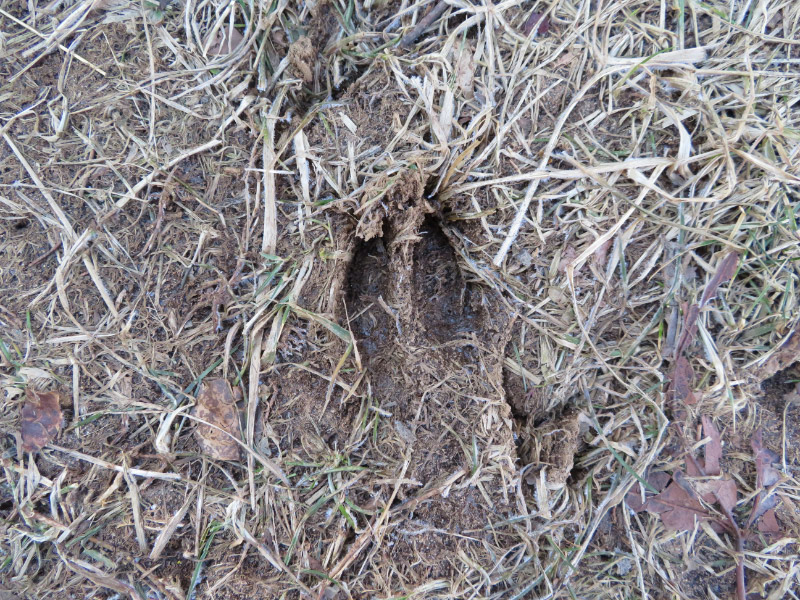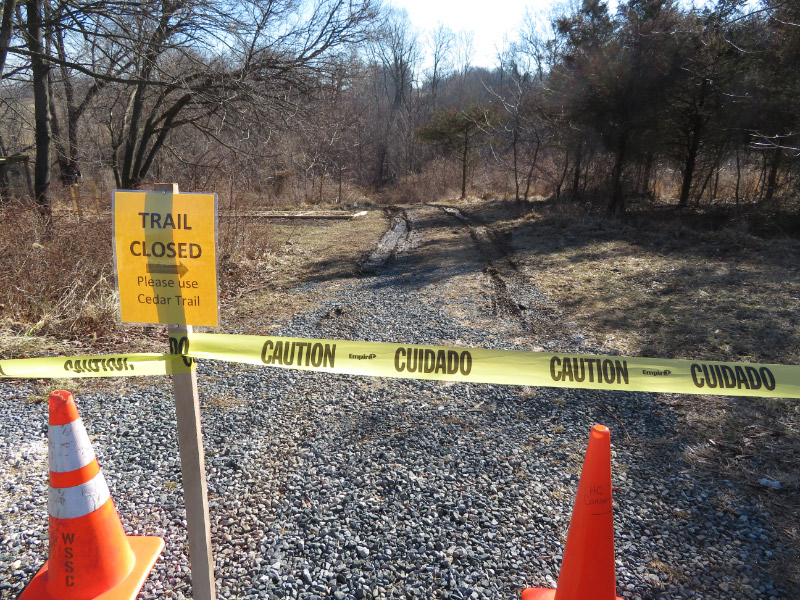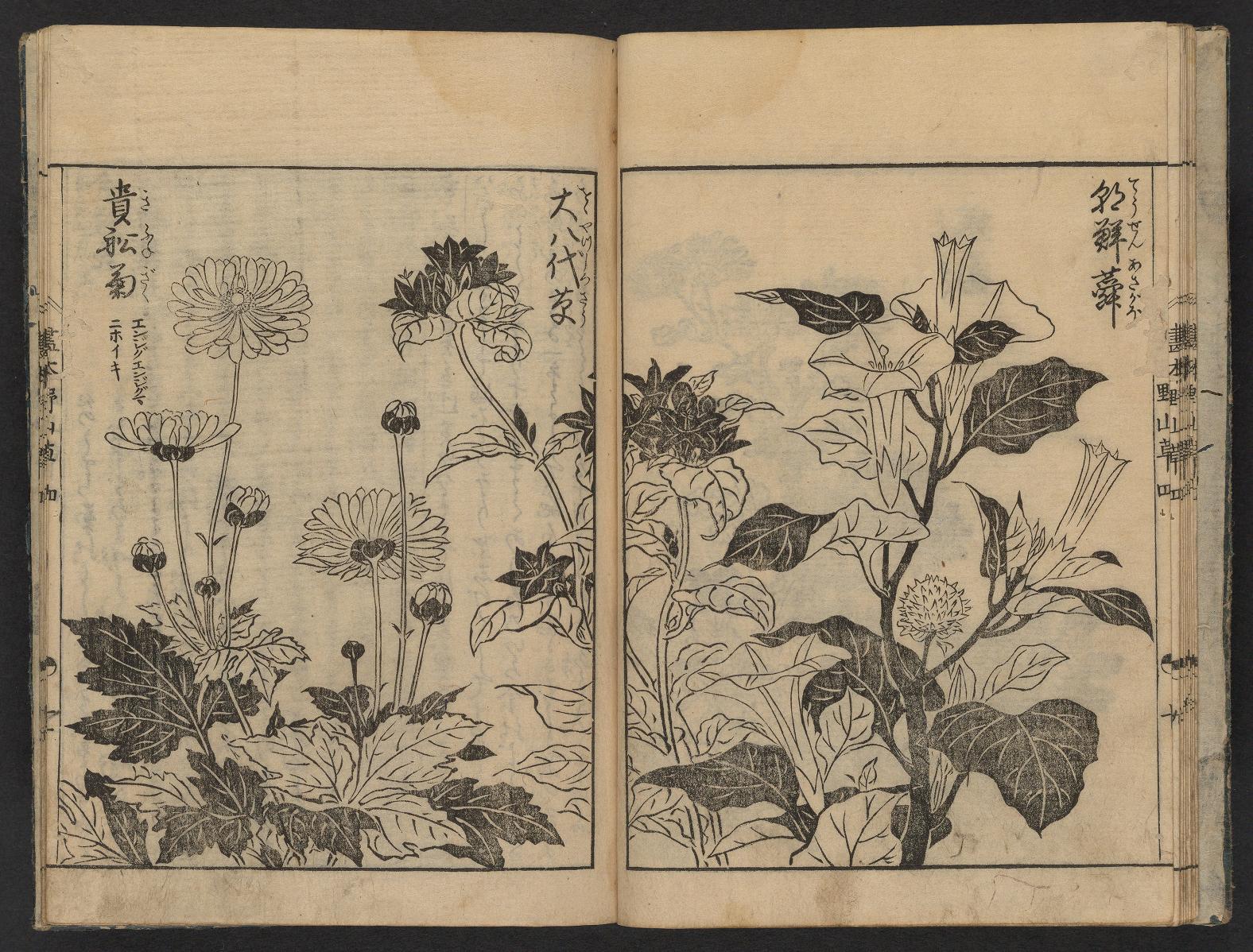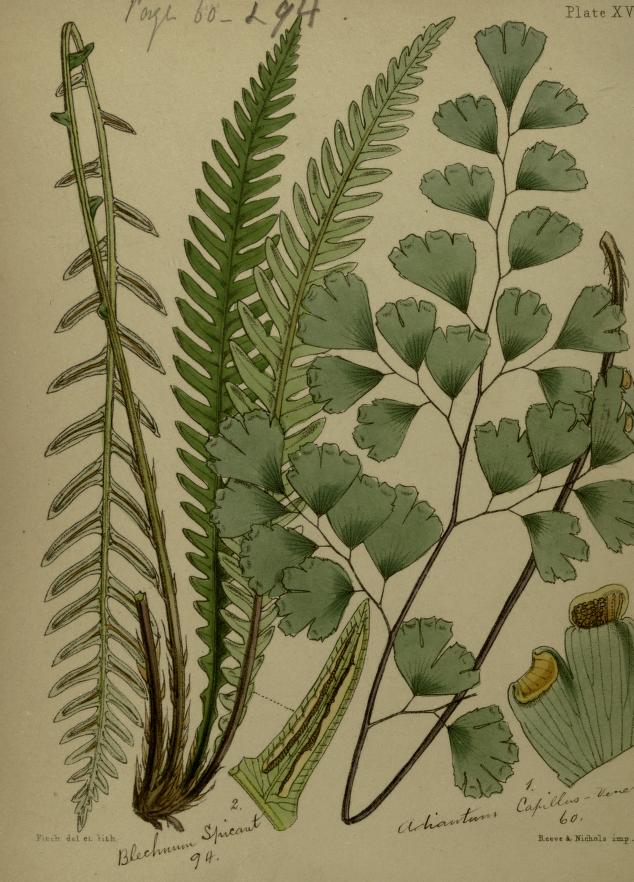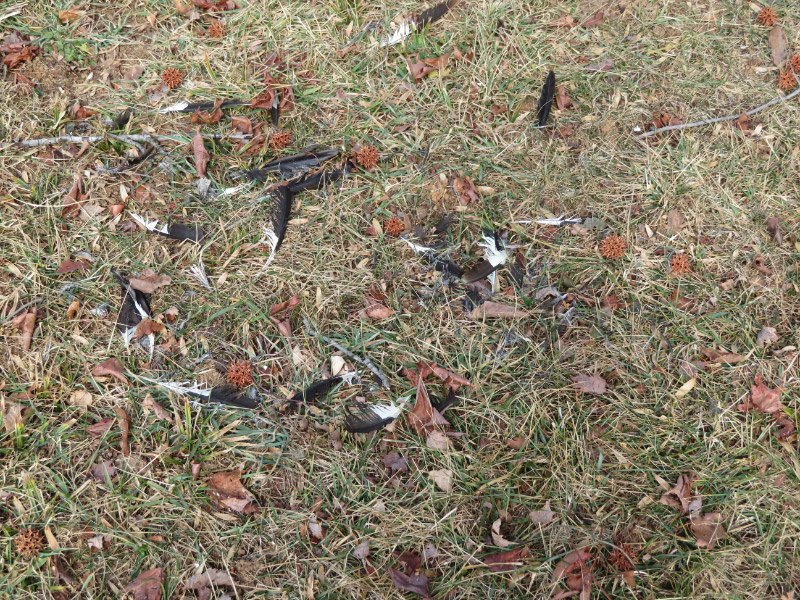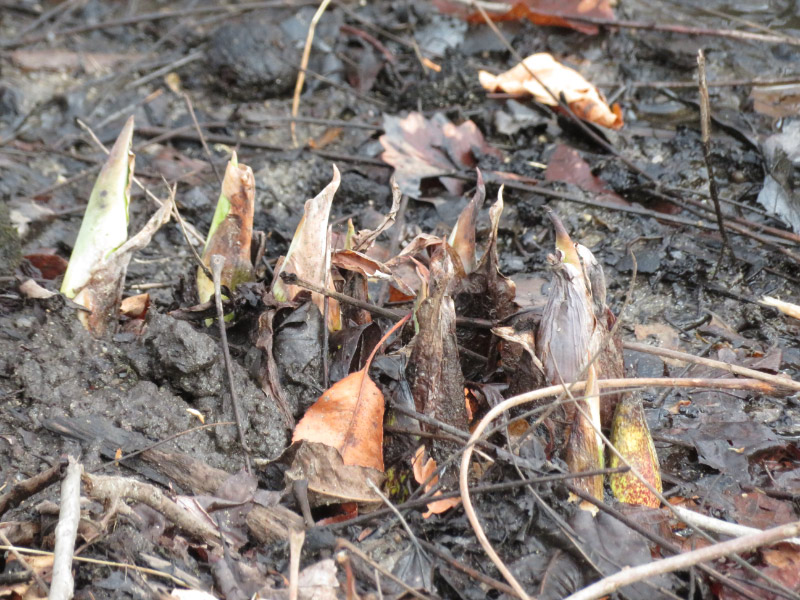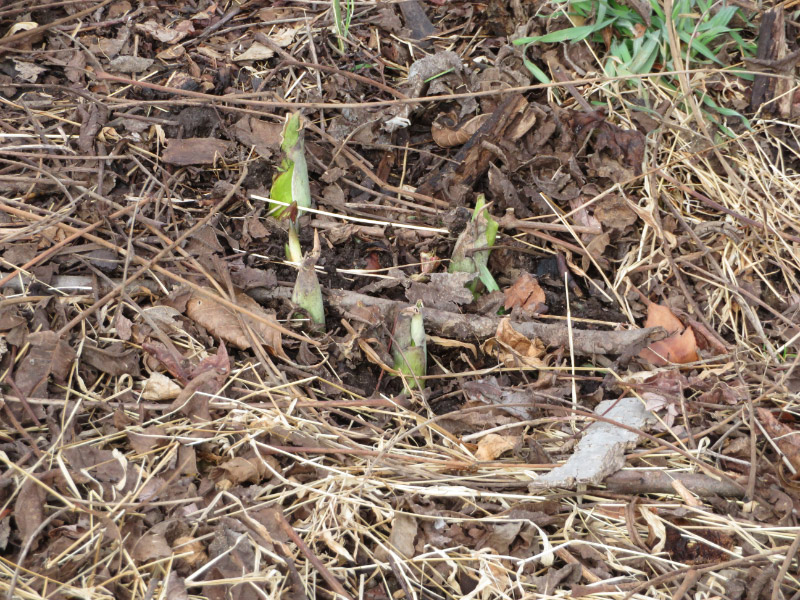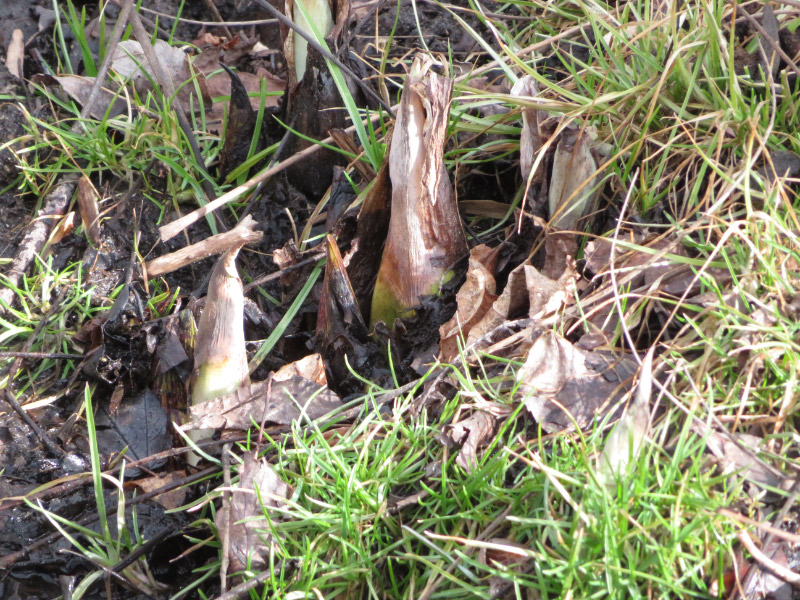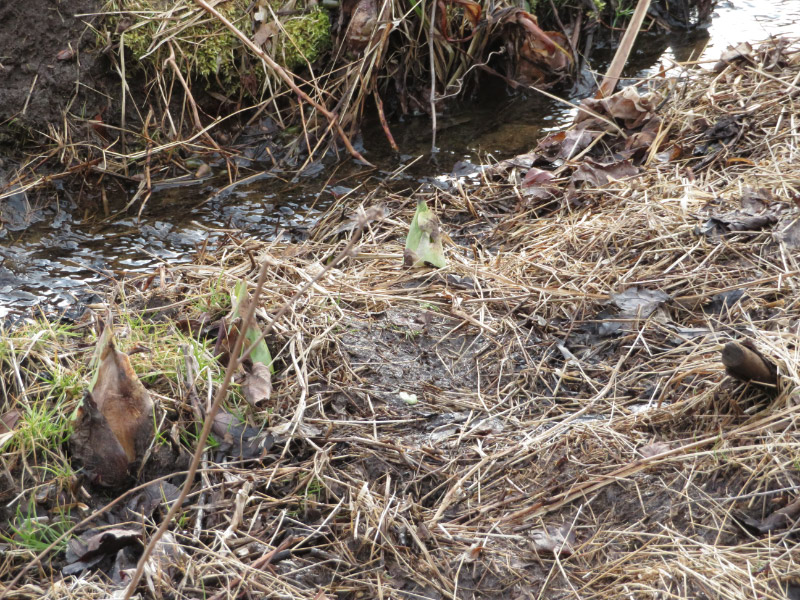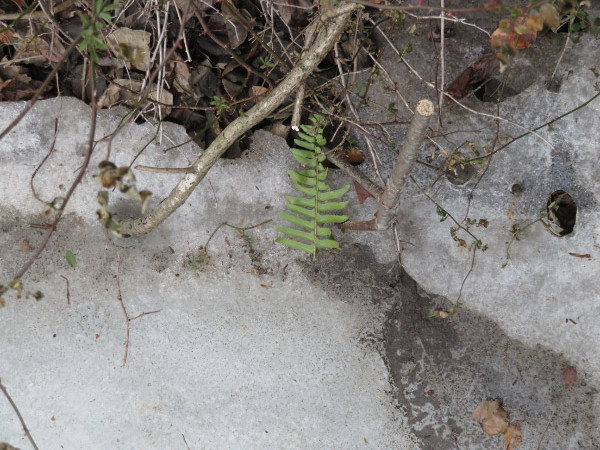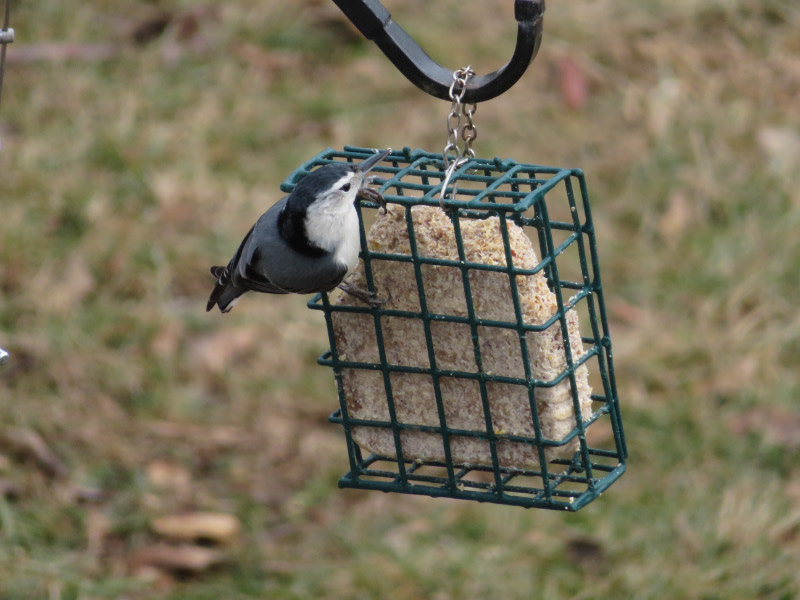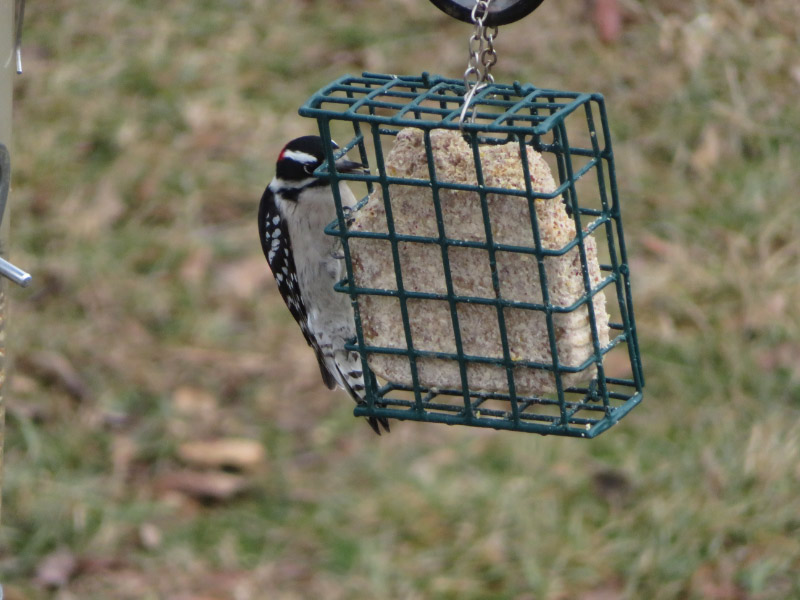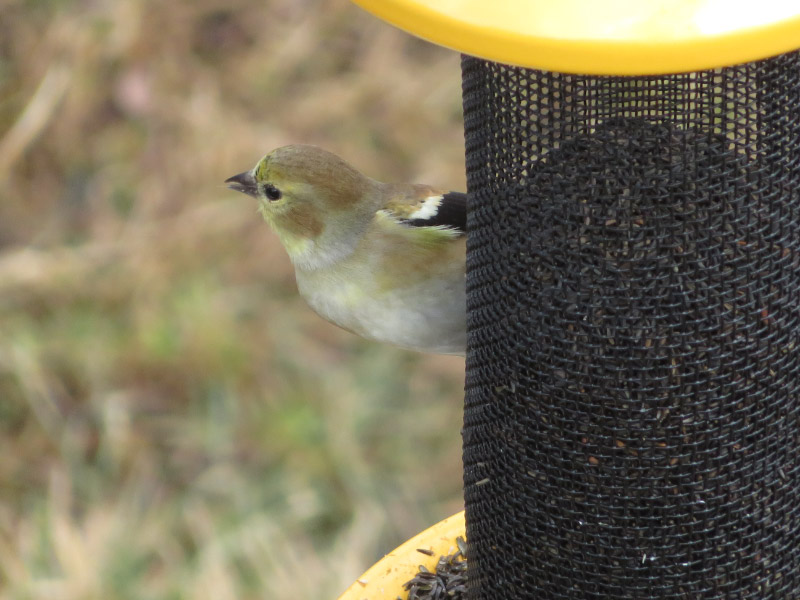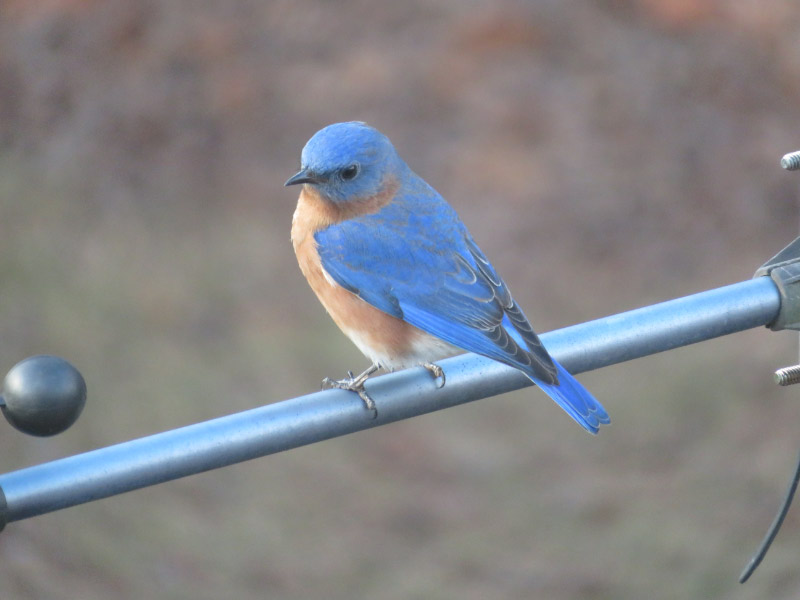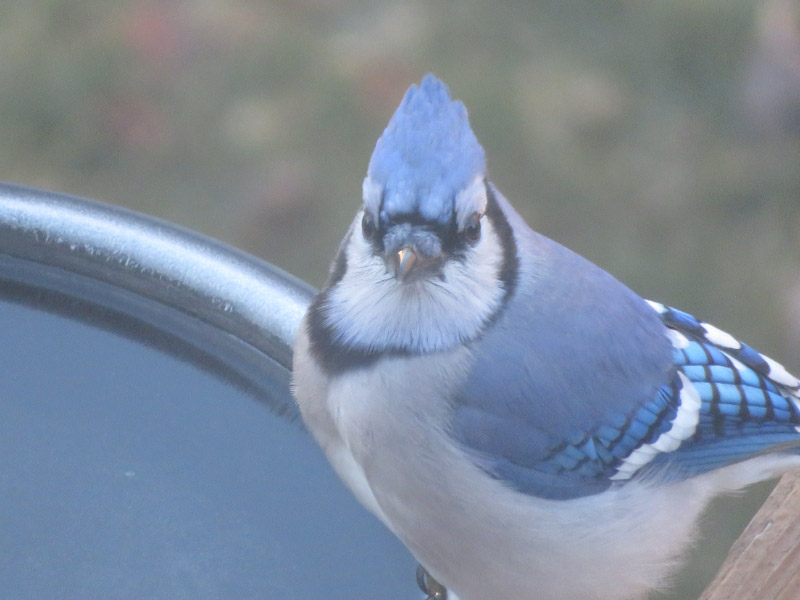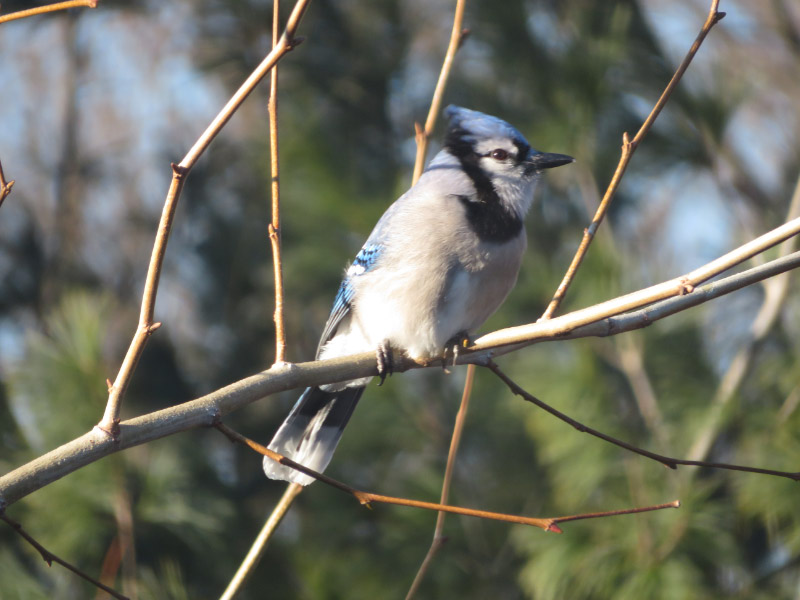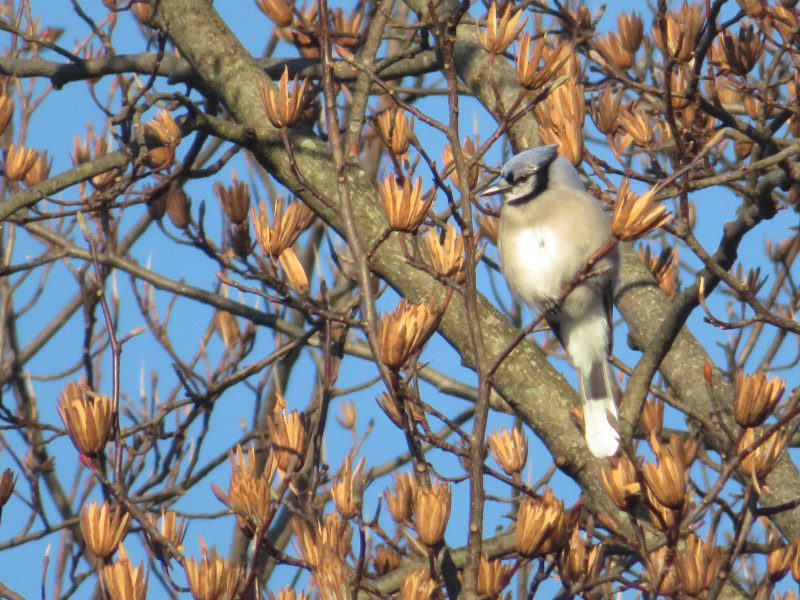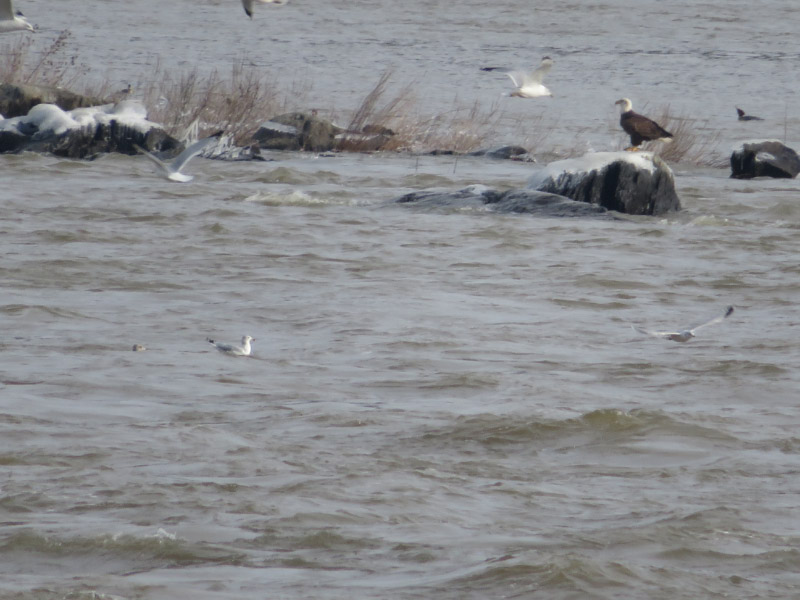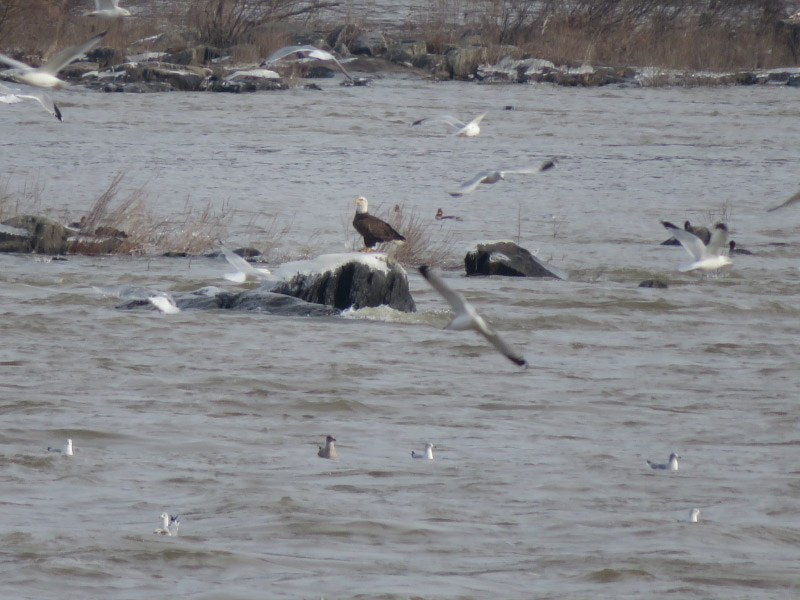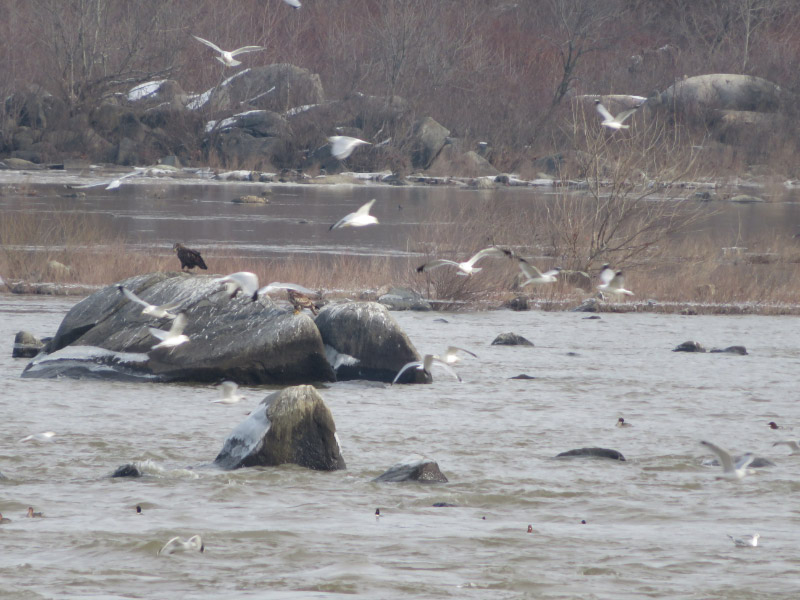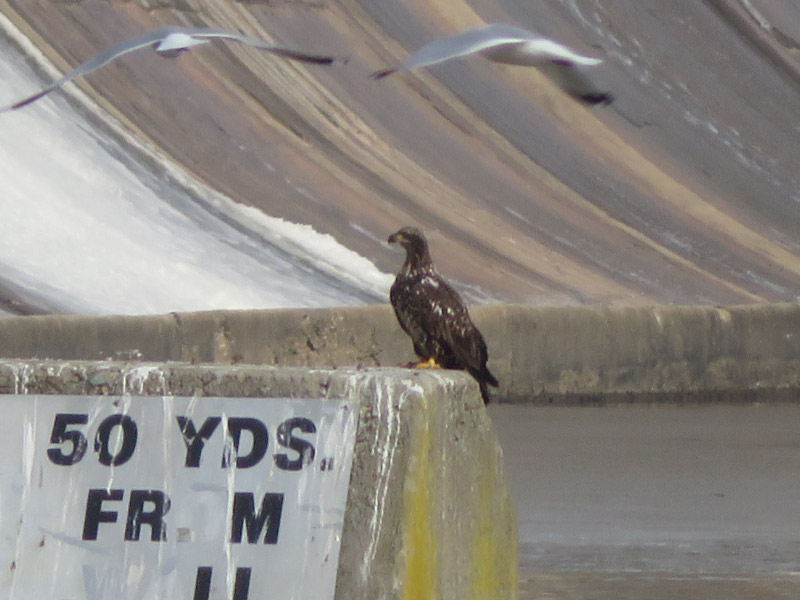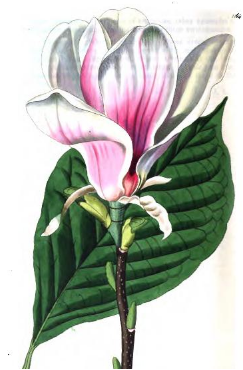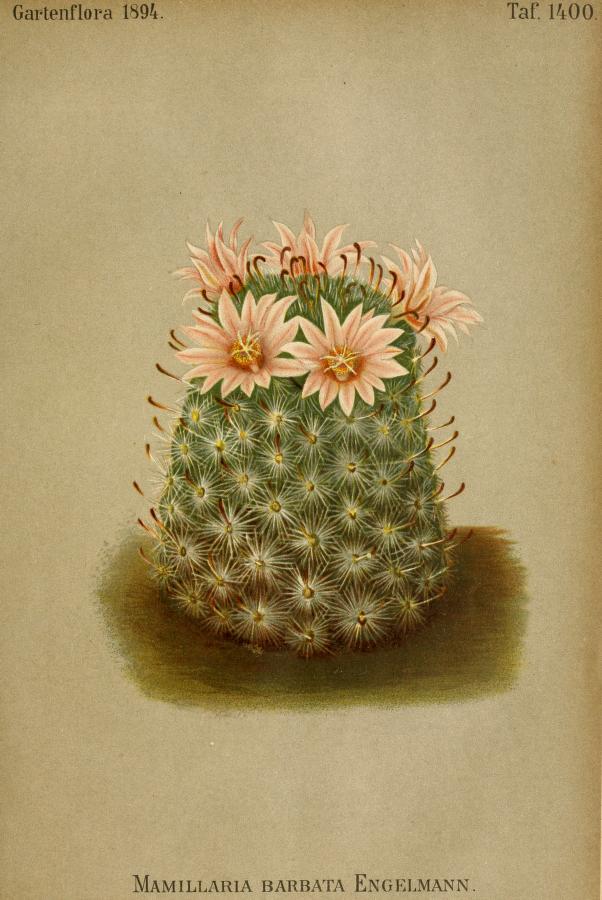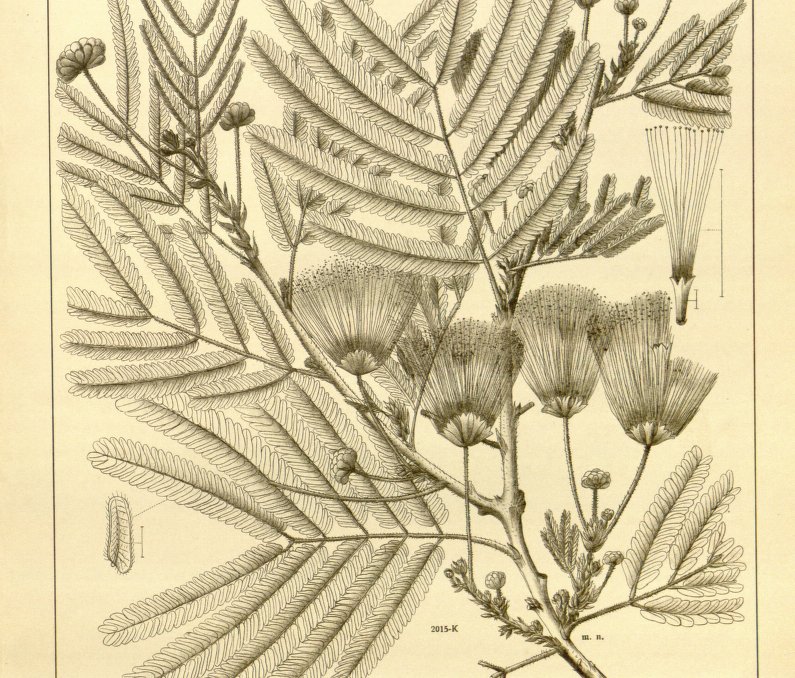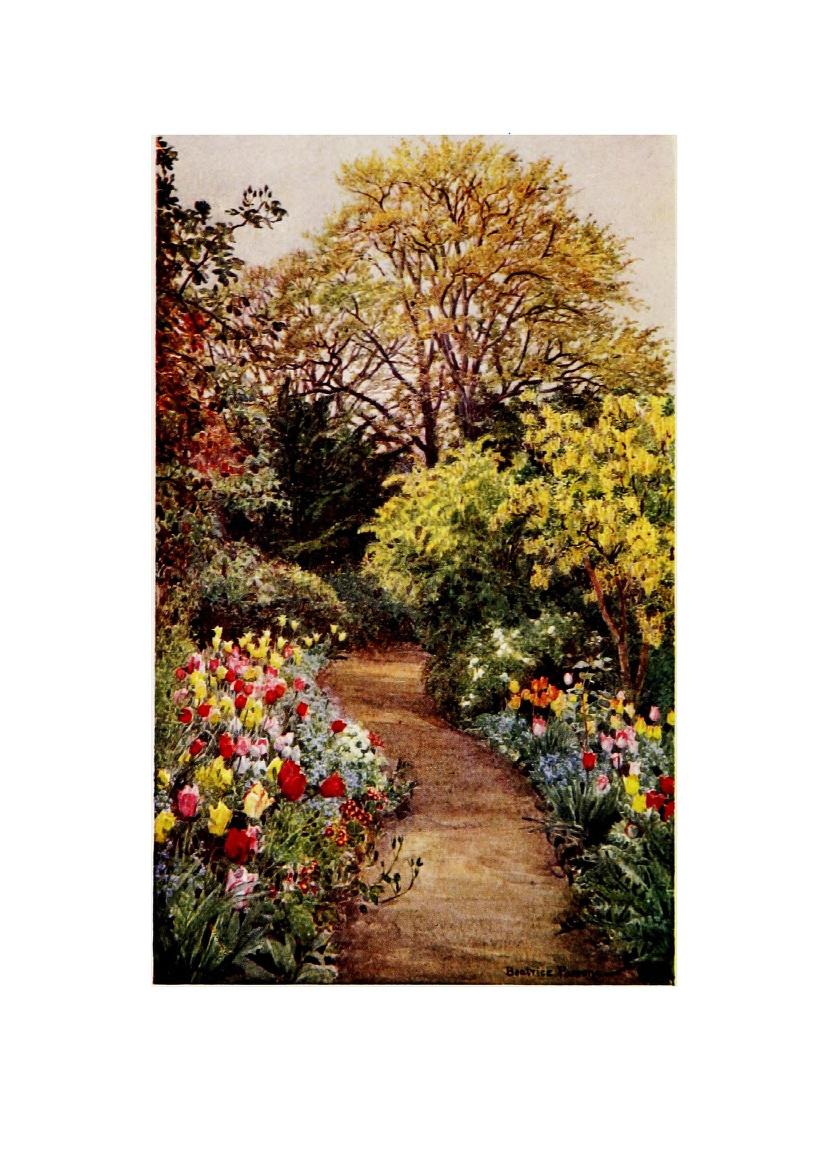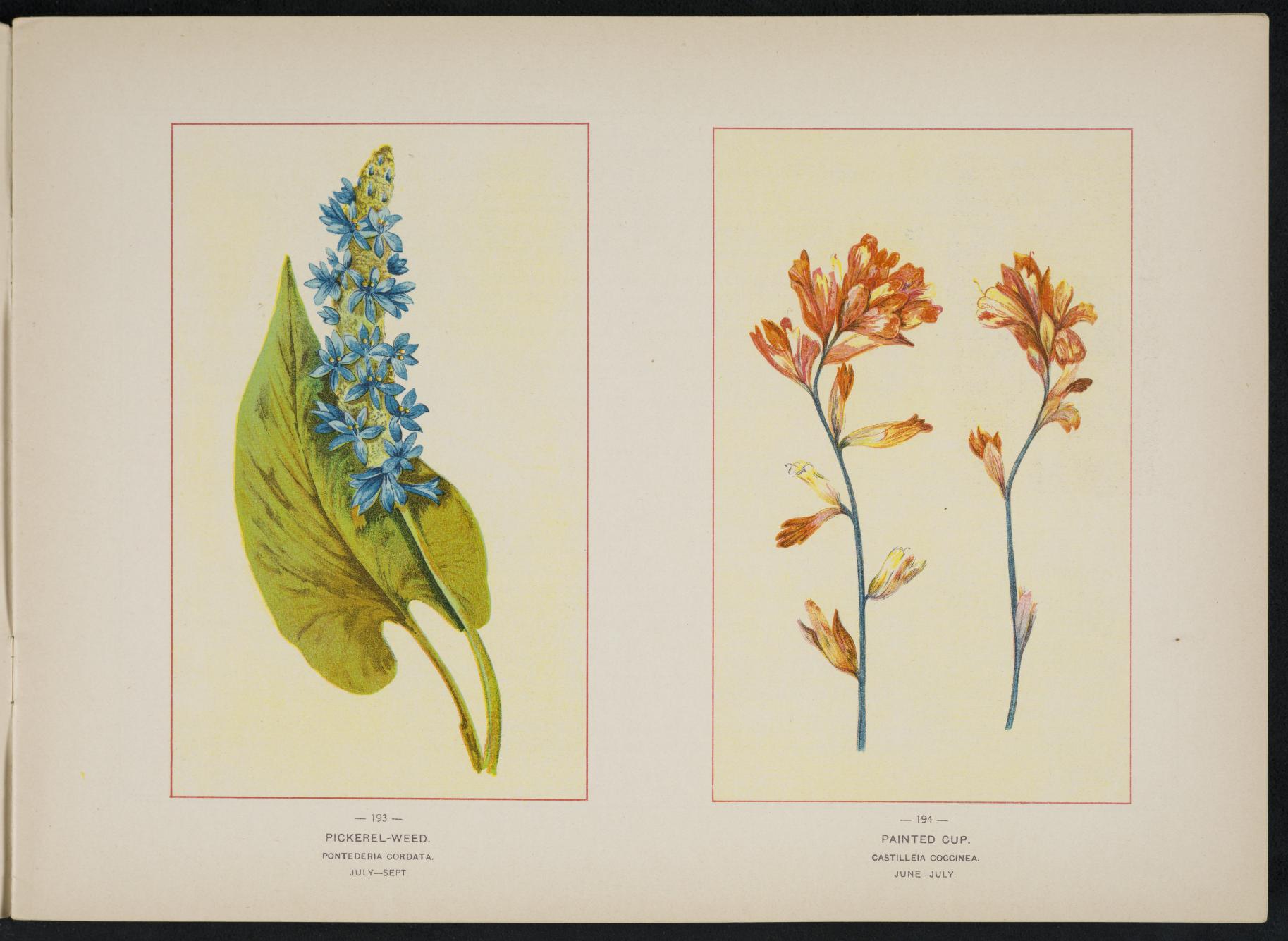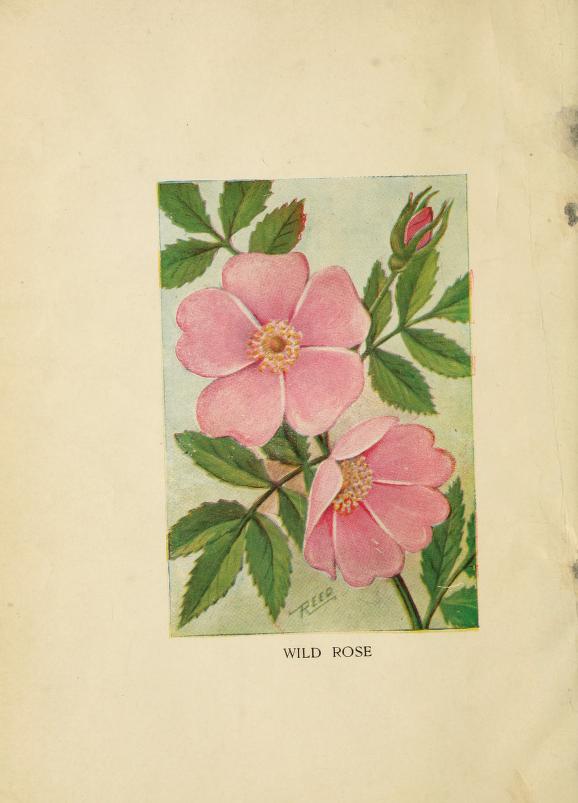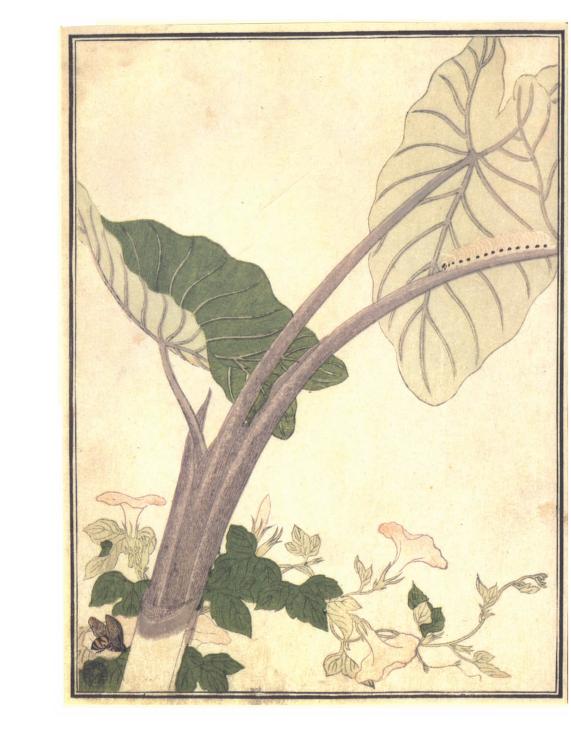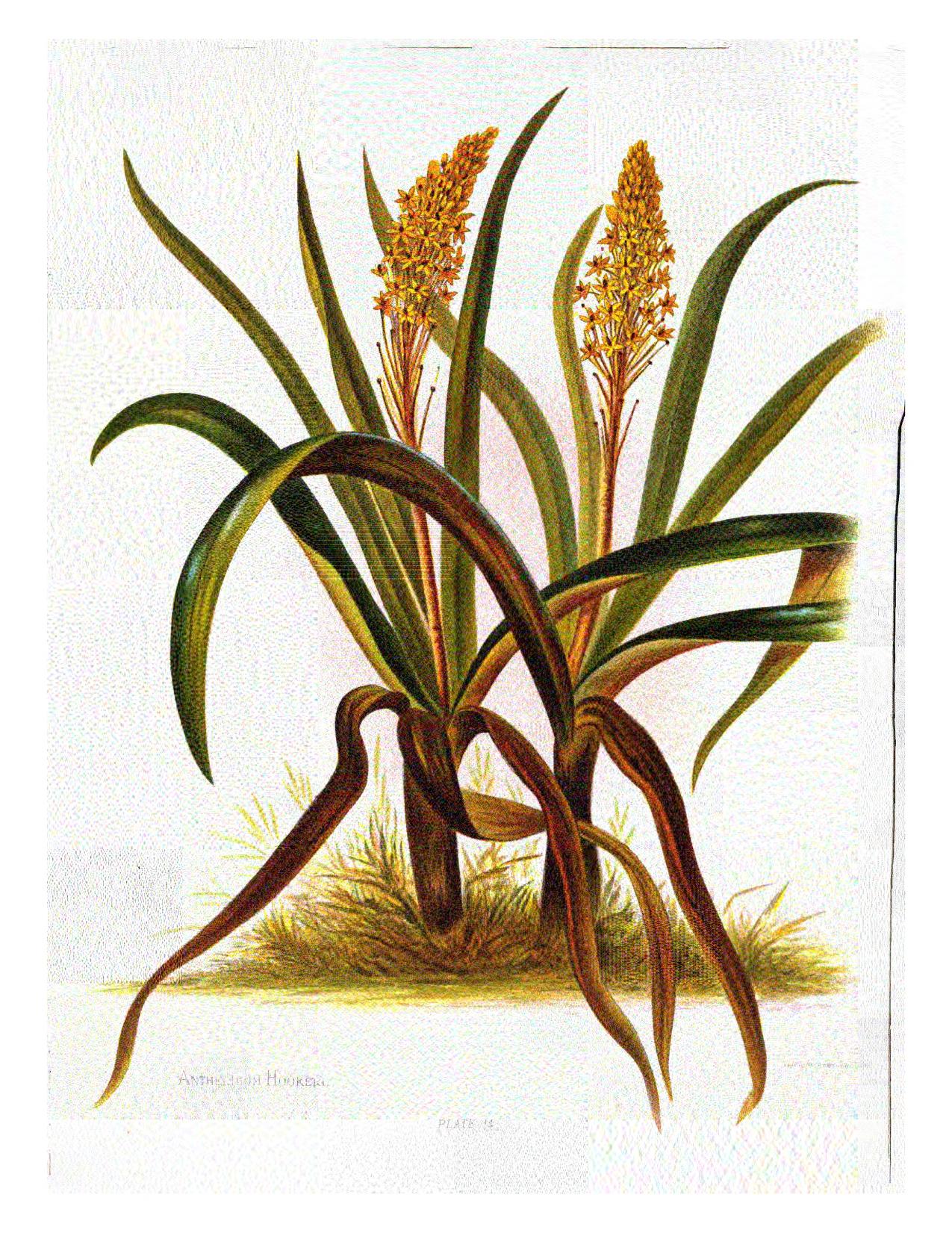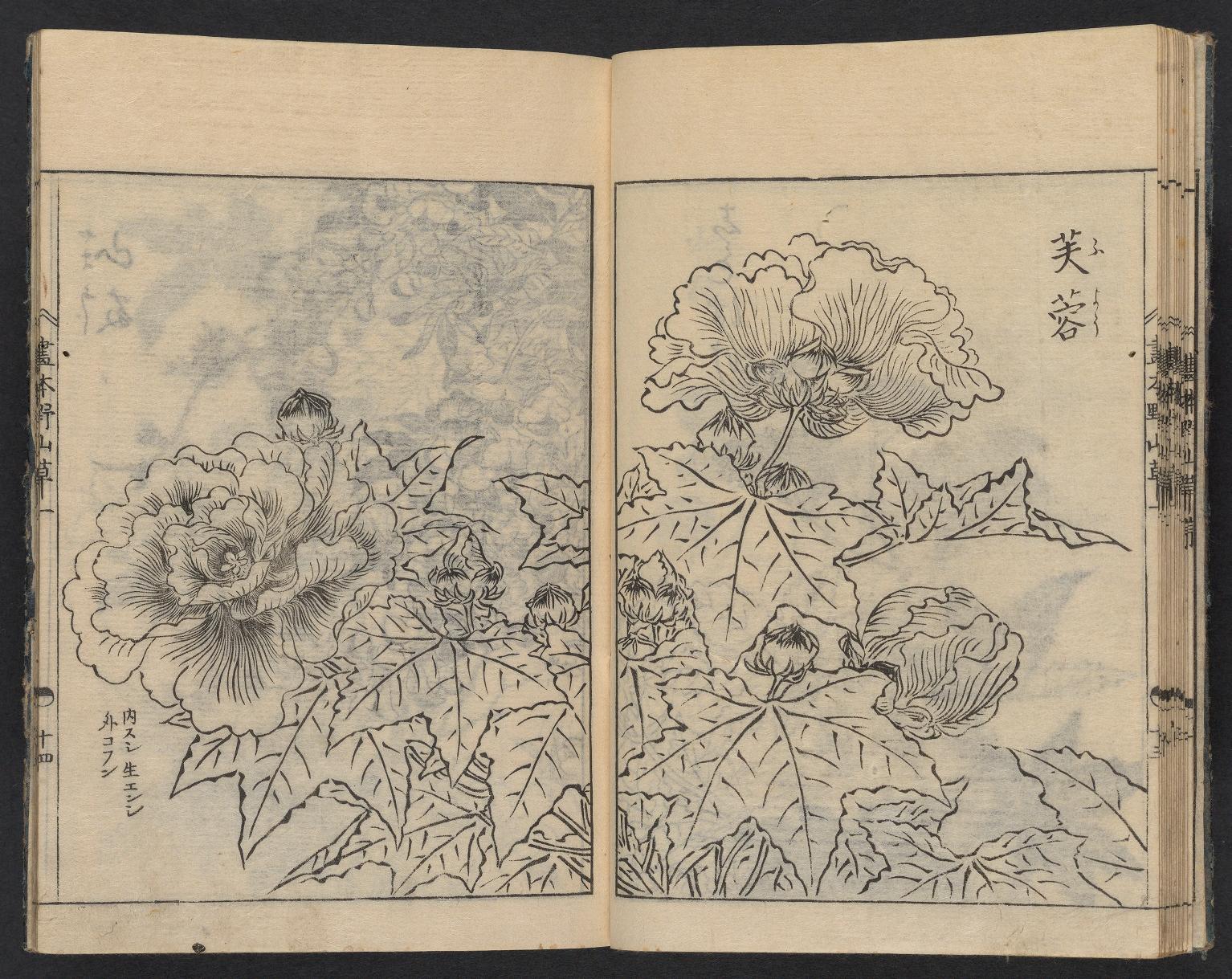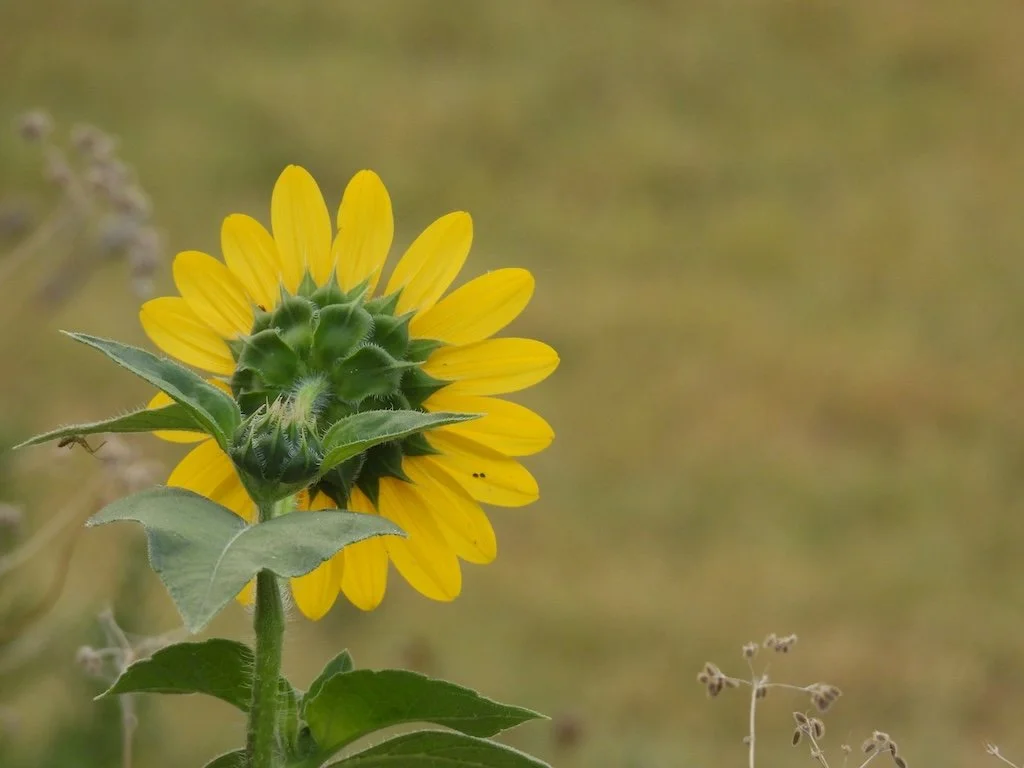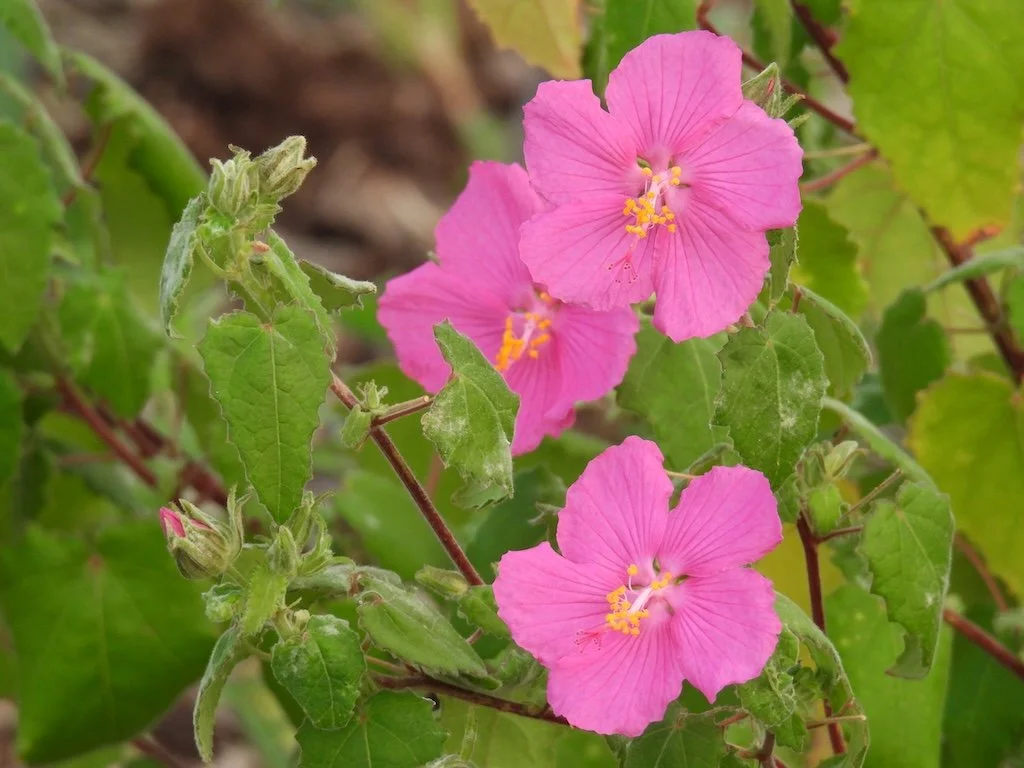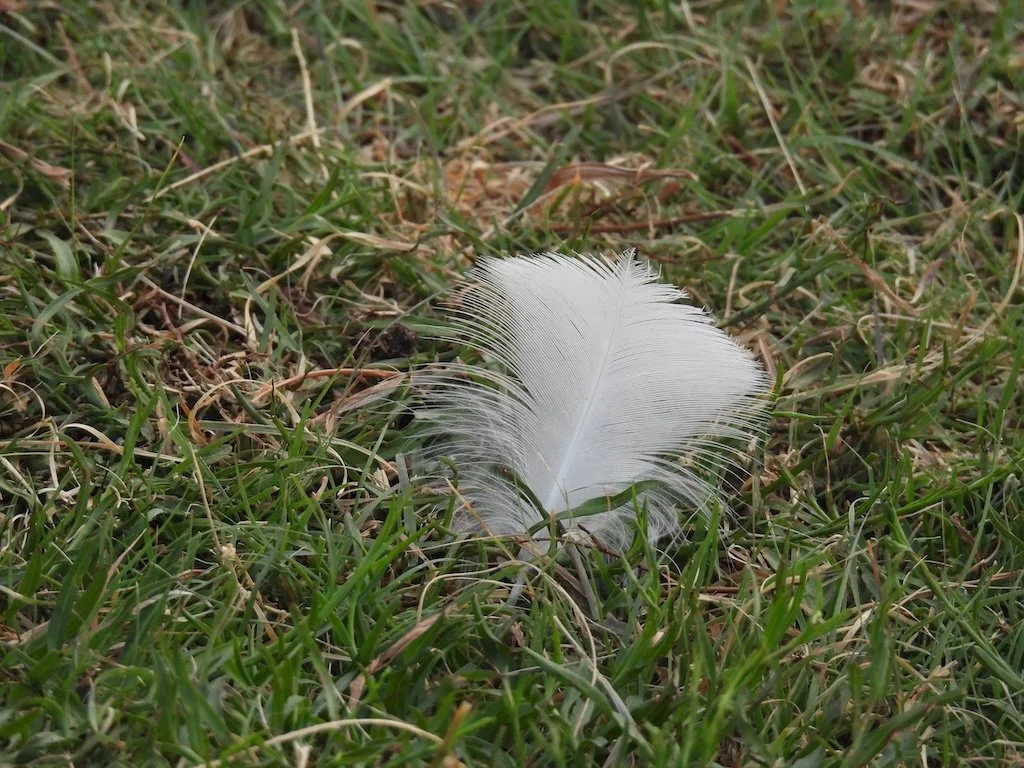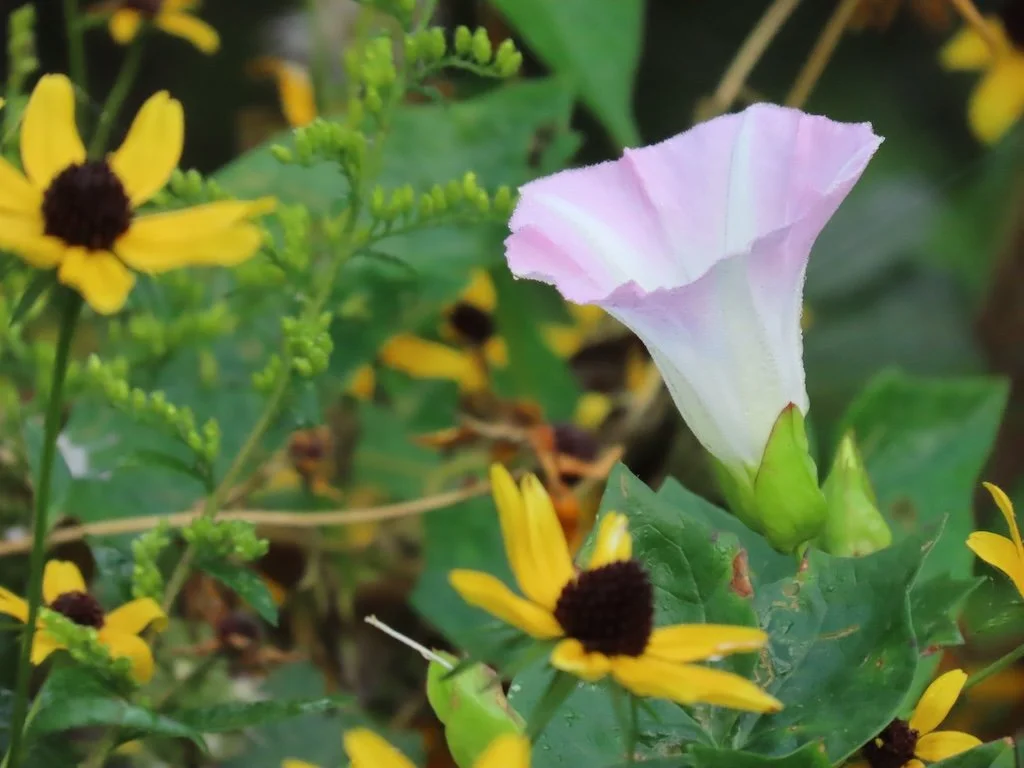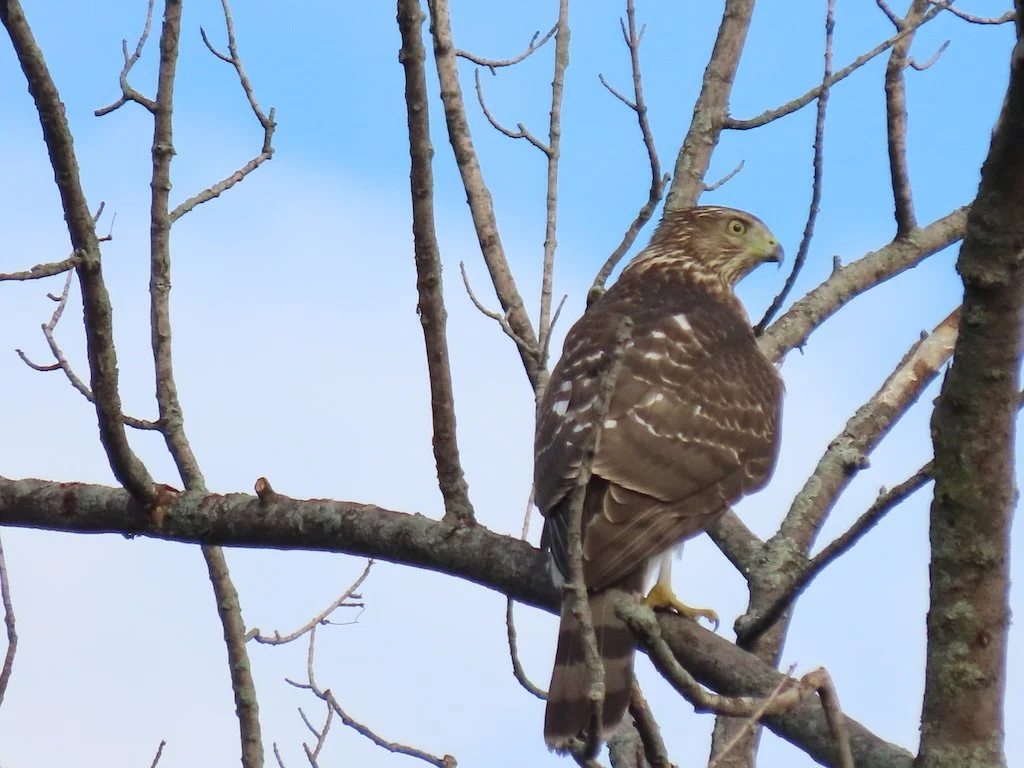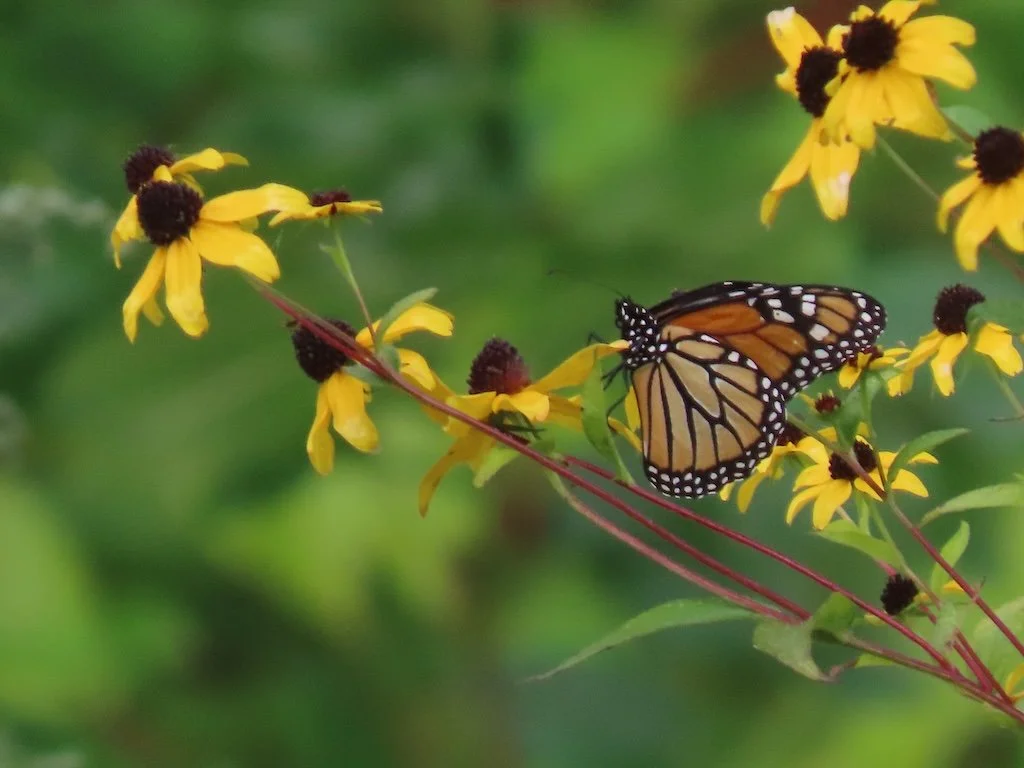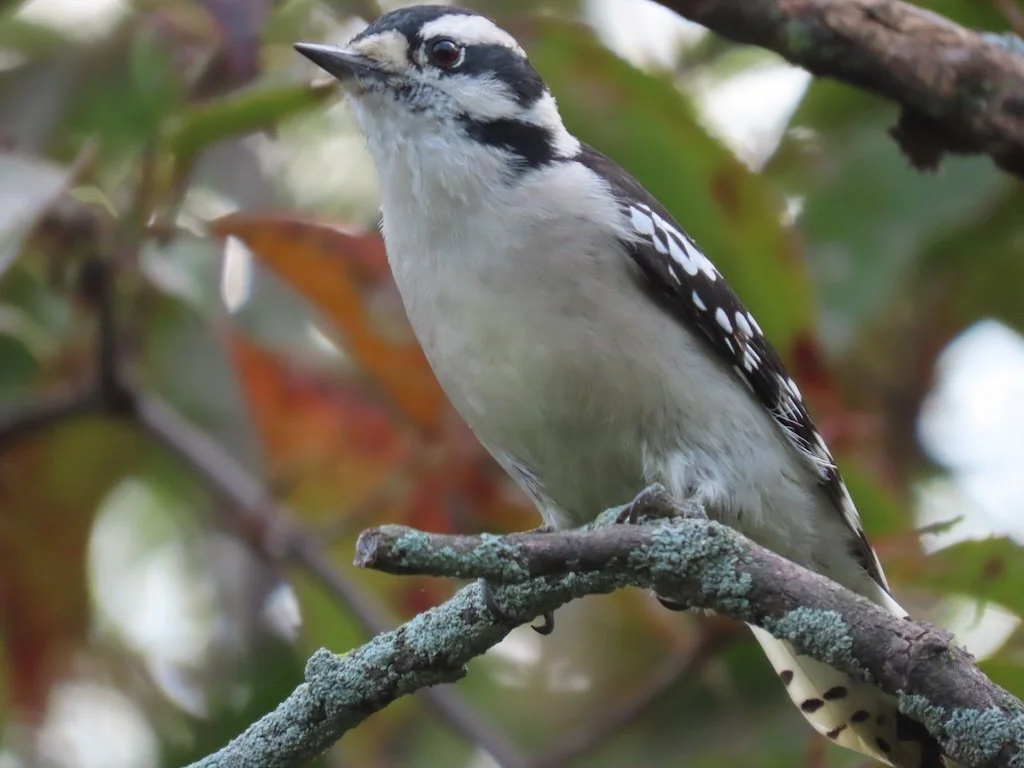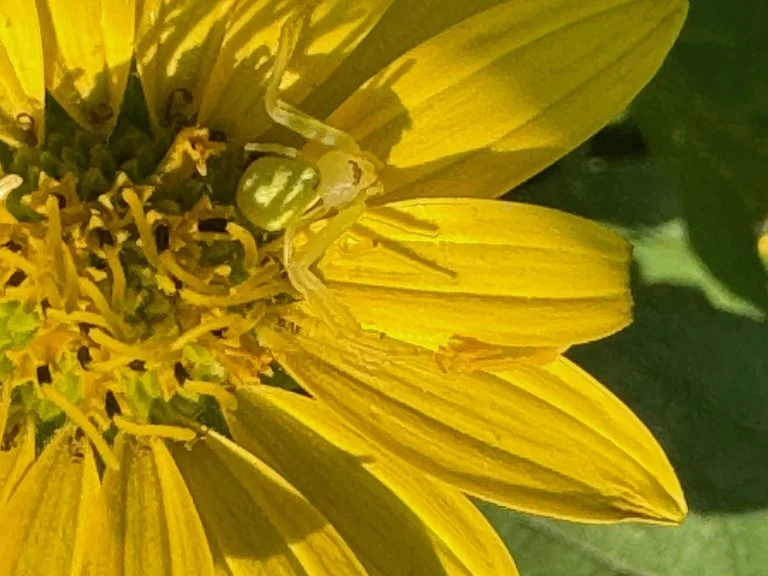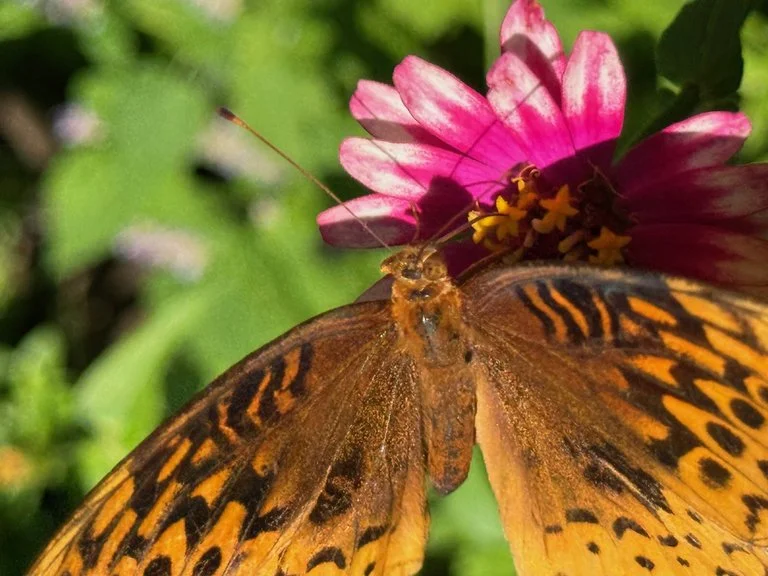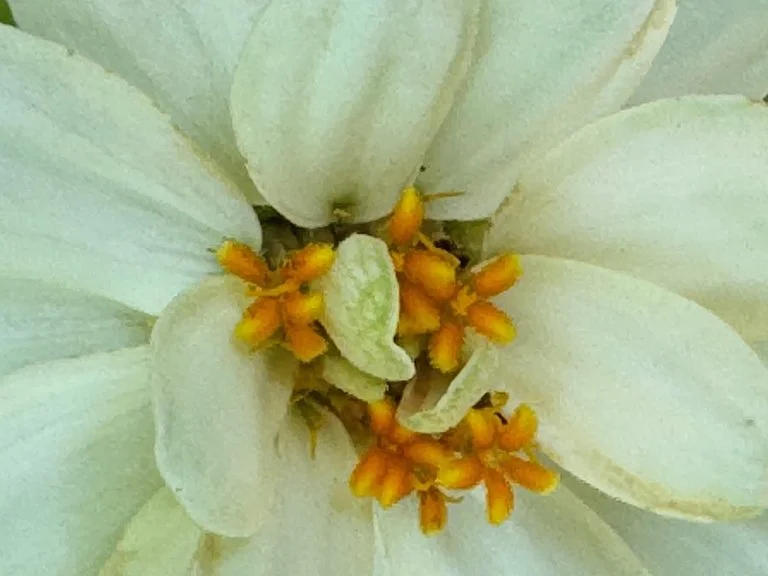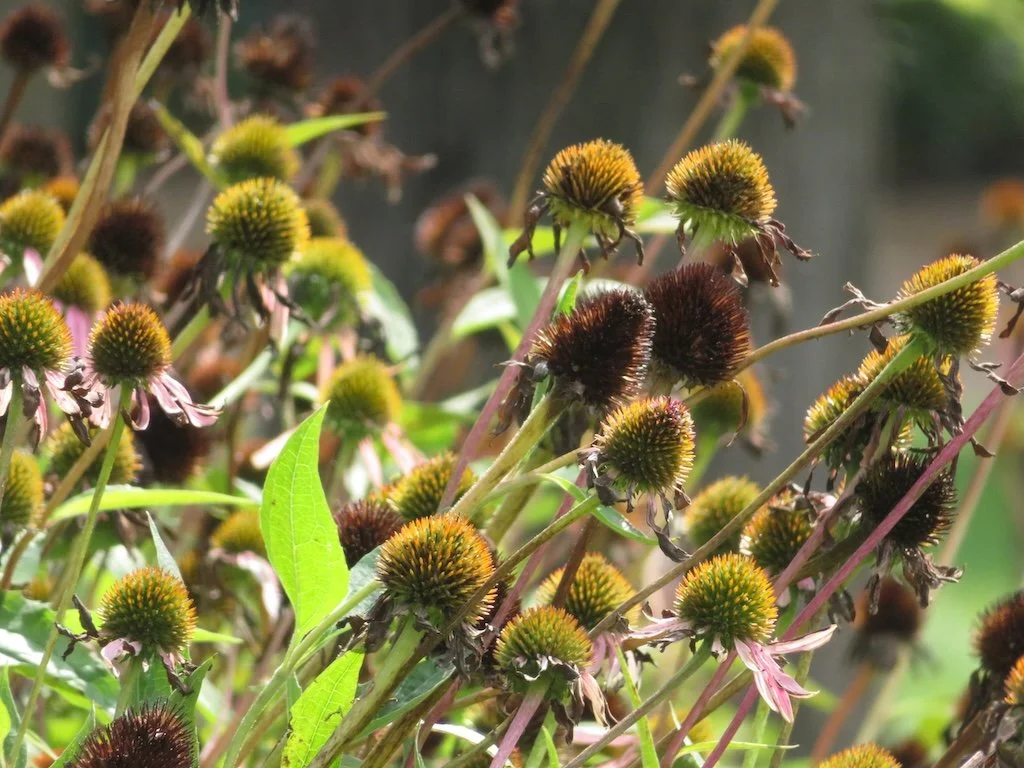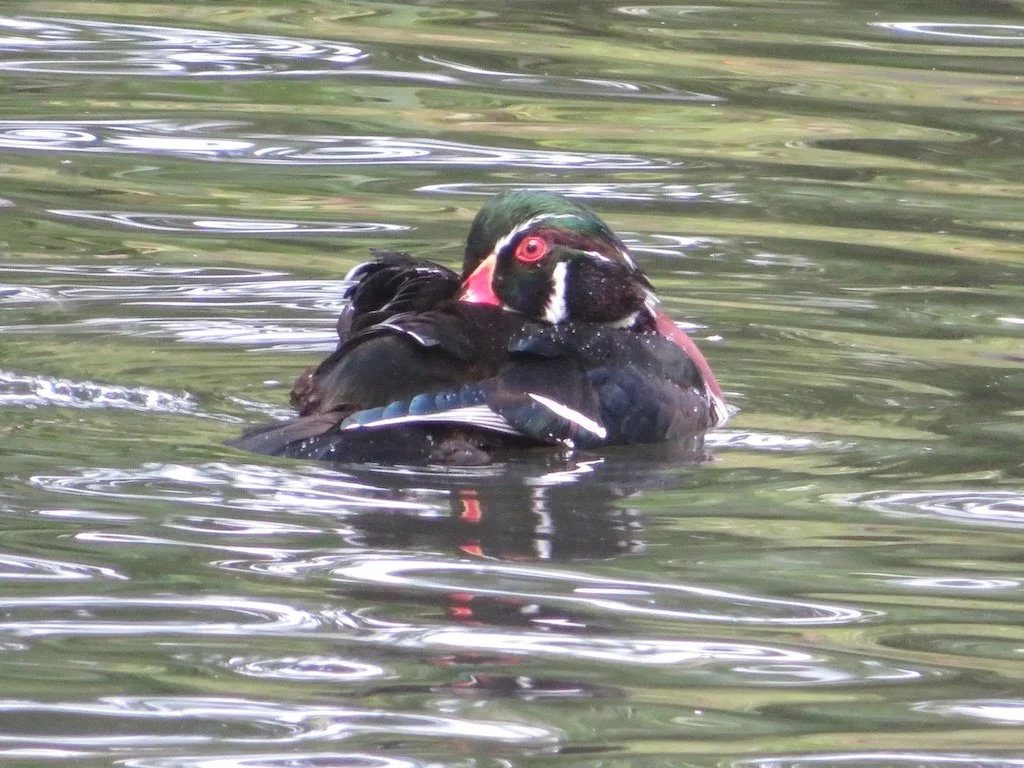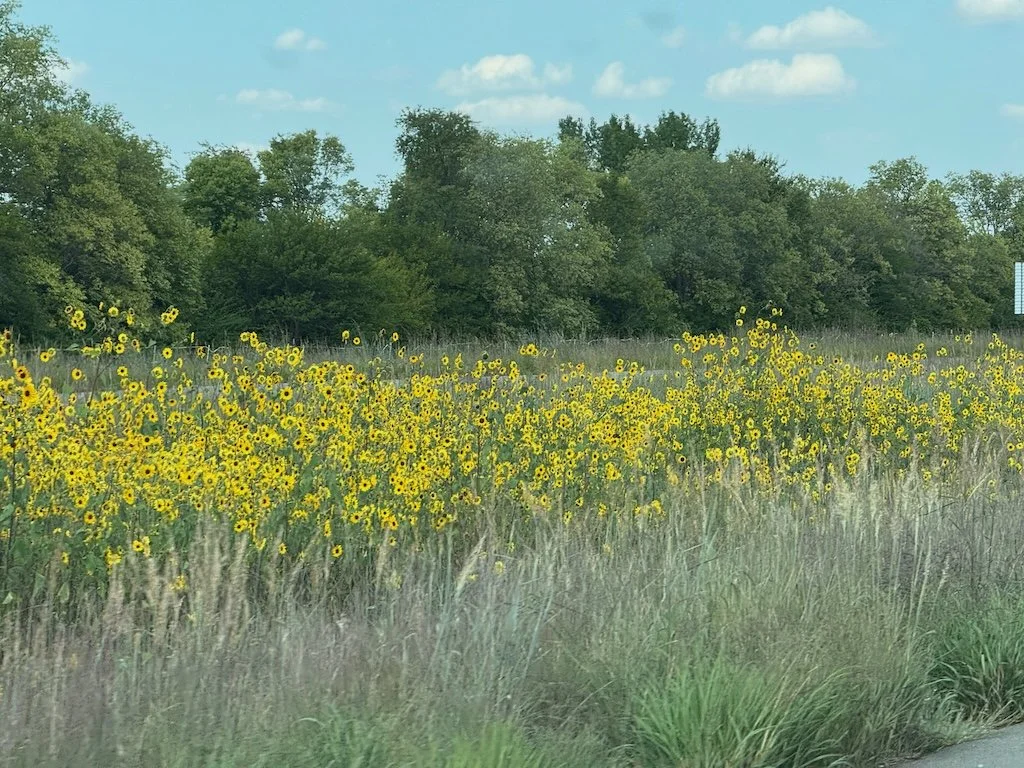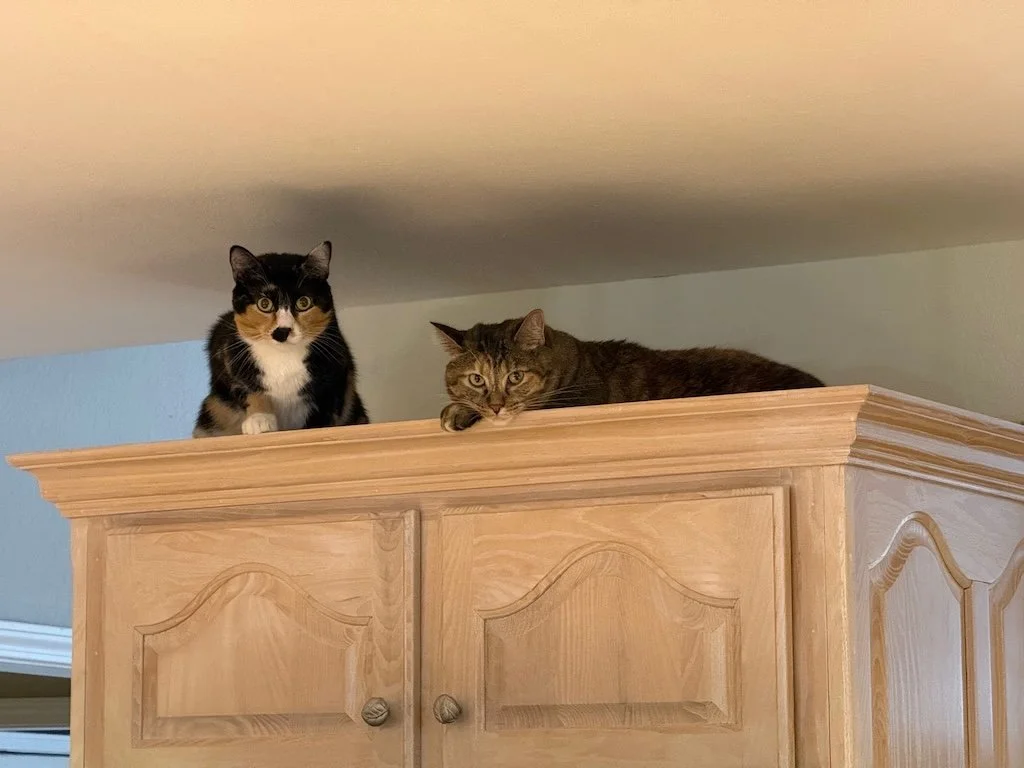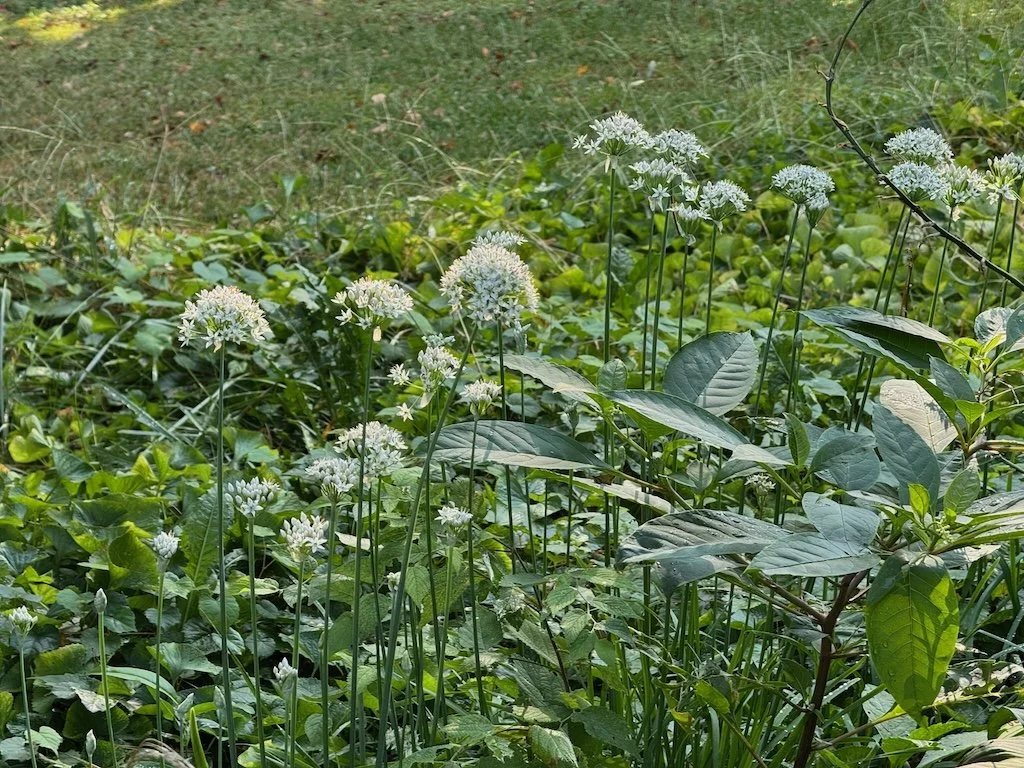Gleanings of the Week Ending February 24, 2018
/The items below were ‘the cream’ of the articles and websites I found this past week. Click on the light green text to look at the article.
#ColorOurCollections & Europeana Colouring Book | Europeana Blog – I’d rather draw my own Zentangles rather starting with an existing picture. For those who want images already on the page - here is a free downloadable coloring book of historical images.
Top 25: Wild Birds on the Edge – National Geographic Blog – Endangered birds….many factors causing stressing these birds…no quick fix.
Explore Thurston Lava Tube At Hawai'i Volcanoes National Park By Flashlight and The Nature Conservancy Transfers 222 Acres To Hawai'i Volcanoes National Park - Reminded how much I enjoyed our trip to the big Island (and the national park there) a few years ago.
11 Chocolate Desserts That Are Totally Healthy – Dark chocolate…it’s wonderful that it is also good for you too – in moderation.
Long-term economic impact of cover crops: 29-year study finds cover crops offer benefits with no-till cotton systems -- ScienceDaily – Decreasing soil erosion….always a good thing.
Artists envisioned the future of work, and the results are pure fantasy - MIT Technology Review – What do you think? Some of these are (somewhat) logical extensions of existing technology and jobs.
Why Are You Seeing Robins in Winter? – Cool Green Science – I didn’t see any robins at my birdbath this winter, but we don’t have trees with berries that might be food for them. I did see some robins at Mt. Pleasant yesterday…a small group…and wondered if the warm weather we had earlier in the week (in the 70s) is bringing them in larger numbers to our area.
Saving a Crown Jewel – National Geographic – We spent some time at Santa Ana National Wildlife Refuge last November when we were at the Rio Grand Valley Birding Festival See my post here). The short video is worth watching. The wall that is being built through the refuge (destroying the refuge) is the proof of concept for the wall that some in our country want to build. It’s very sad.
BBC - Future - An effortless way to improve your memory – After reading this, I wondered if creating a Zentangle tile has the effect of a short rest period for me. I’ve noticed that it is easier for me to learn new material if I include breaks to make tiles!
Creative Ways to Boost Creativity – How many of these just come naturally to you?

